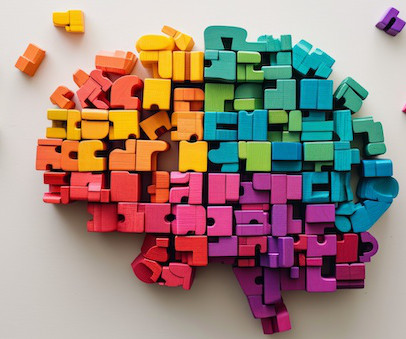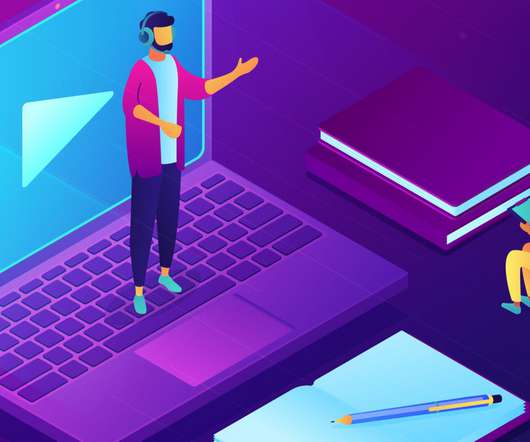Here’s how schools can better support neurodiverse students
eSchool News
JUNE 18, 2024
Implement Universal Design for Learning (UDL) Each student has a unique way of processing information, and research shows that multi-sensory learning helps improve memory retention and overall understanding of the subject matter. Five ways that schools, educators, and communities can support neurodiverse students in the classroom: 1.















Let's personalize your content